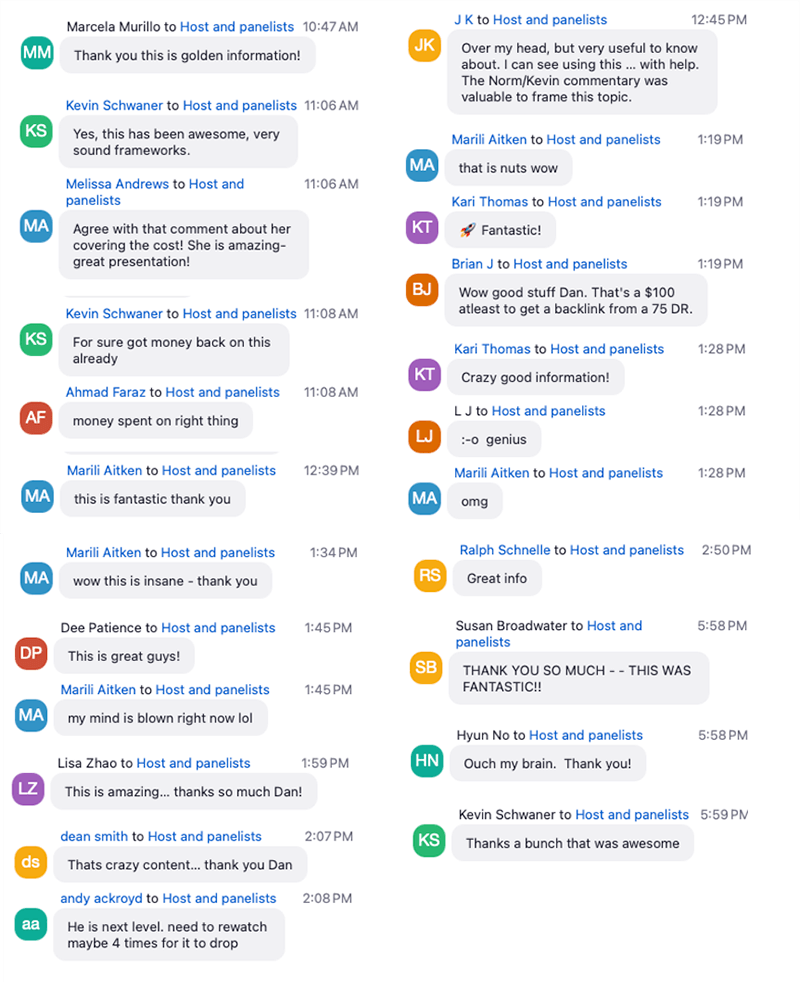- Billion Dollar Sellers
- Posts
- [ BDSN ] Can you trust what AI says about PPC?
[ BDSN ] Can you trust what AI says about PPC?

 | STUMP BEZOSWhat percentage of websites specifically “attempt” to block GPT bot crawlers in their robots.txt files (many ignore it anyway)? [ Answer at bottom of email ] |

💰 CAN YOU TRUST WHAT AI SAYS ABOUT PPC?
AI might be your new best friend, but should you trust it with your ad dollars?
Susie Marino put five of the biggest AI tools to the test: ChatGPT, Gemini, Meta AI, Perplexity, and Google’s AI Overviews. She asked them 45 PPC-specific questions.
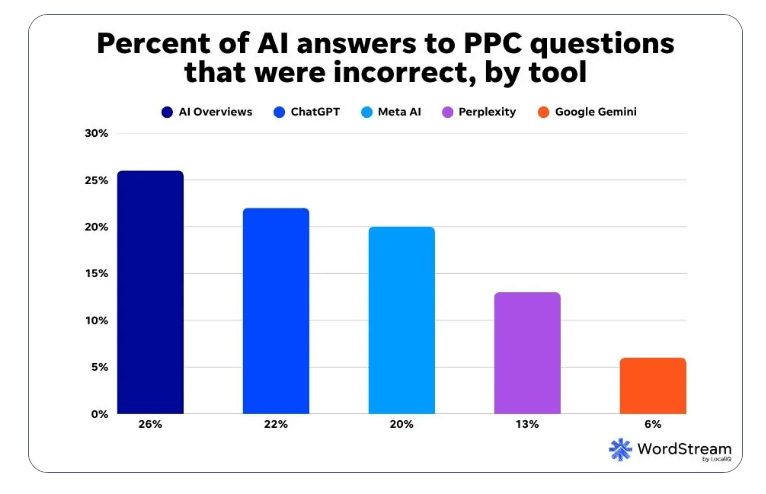
The results were revealing:
⚠️ One in Five AI Responses Were Wrong.
That’s 20% of answers completely off. Here’s what stood out:
🥇 Most Accurate: Gemini
Only 3 incorrect answers. As Google rolls Gemini into its new Marketing Advisor inside Google Ads, this is promising.
❌ Worst Performer: Google’s AI Overviews
12 wrong out of 45. These show up in over half of Google searches now. Proceed with caution.
🎭 ChatGPT Softens the Blow
When fed terrible campaign results, ChatGPT responded with overly nice feedback instead of the truth: “Your ads are bleeding money.”

💡 Keyword Suggestions = Mostly Garbage
Only Gemini offered semi-decent ideas. The rest? Broad-match, high-competition fluff. Meta and Perplexity even recommended outdated or phased-out ad types like ECPC and text ads.
📊 Meta AI Nailed Facebook Stats
Unsurprisingly, Meta’s AI was best when it came to Meta platform data. But it missed the mark on Google Ads.
🧠 Key Takeaways for Amazon & DTC Sellers Using AI in PPC:
Choose the Right Tool for the Job
Gemini crushed it for Google Ads. Meta AI is your best bet for Facebook. ChatGPT? Better for copy, not strategy.Your Prompt Matters
Garbage in = garbage out. The more detailed your prompt, the better your results.Never Trust AI Blindly
Always cross-check PPC answers. No AI tool scored 100%. Relying on one could burn your budget, or worse, give you false confidence.

🌎 INTERESTING STATS
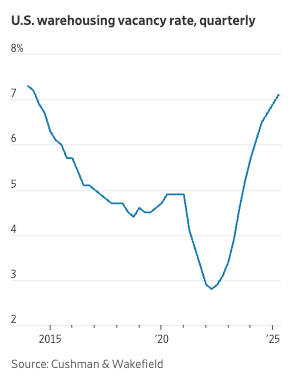

🕹️ THE PRODUCT REVIEW HIT JOB
Imagine this: You wake up and wonder why you’ve had a bunch of returns and that your sales are lower than normal. You look into it and find over the last few days your product has been raked over the coals with some terrible reviews.
But they aren’t real.
They look coordinated, they’re suspiciously worded, and all 1-star.
One says, “fake product.” Another, “Scam.” But none of them mention actual defects, product details and perhaps they’re not even verified purchases.
If this has happened to you, you are not alone
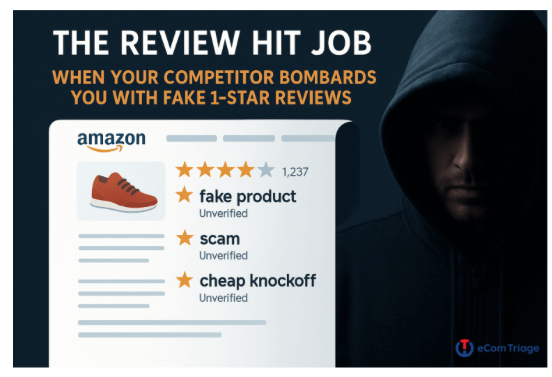
Why Bad Reviews Aren’t Always from Customers
Amazon’s marketplace is more cutthroat than ever. Blackhat sellers weaponize fake negative reviews to:
Suppress your listing
Get your product below a 4.3 rating
Kill conversion rates with just a handful of 1-star bombs
These reviews often:
Arrive in waves over a few 3 to 7 days
Use similar language or complaints
Appear on your new launches or top-performing ASINs
The scary part? They can tank your product ranking overnight.
What Amazon Won’t Tell You About Review Removal
Yes, you can report abusive reviews, but what has that button ever done for anyone?
NOTHING. So you file a case only to find that Amazon rarely removes them on the first attempt.
Why?
Because most sellers file emotional “please remove this” requests. Those don’t work.
To get reviews removed, you need:
✅ The ASIN, review title, the review body
✅ Precise TOS violations cited (e.g. promotional abuse, false accusations)
✅ Account-level abuse trends tracked across multiple ASINs
✅ A documented review fingerprint (identical phrasing, timing, or phrasing patterns)
✅ Escalation Path beyond Community Help
✅ Tell Amazon what the solution is (remove this review)
If you need help or you’re seeing review bombs and Amazon isn’t helping, there are ways to escalate, if you know how.
Danan Coleman is the founder of eCom Triage. He’s a veteran Amazon seller and his team helps brands monitor ASINs for critical issues with Catalog Defender and remove negative reviews.
He built a GPT (in beta) based on every policy and quote on Amazon websitesI’ve ever been able to scrape together about review policy and it helps you build a case to send to Amazon. He’s giving it away to BDSN subscribers.

🔗 BDSN MYSTERY LINK of the DAY 🔗

🚀 HOW to RANK on AI SEARCH in 48 HOURS
🤖 URGENT: This AI Workshop Could 10x Your Amazon Business (Replay Available)
Something incredible happened yesterday that could completely transform how you approach Amazon selling. Kevin and Norm of the Marketing Misfits hosted an 8-hour AI workshop that was absolutely mind-blowing (see comments below).
It's the competitive edge you’ve been looking for.
🚀 Immediate Traffic Wins:
Learn how to rank on ChatGPT, Claude, and Perplexity in just 48 hours using a "parasite SEO" strategy
Create high-authority web pages on AI platforms (Domain Authority 75+) that link directly to your listings
Get your products recommended by AI when customers ask buying questions
💰 Game-Changing Automations:
Replace $2,000+ photographer costs with AI-generated lifestyle images in minutes
Automate competitor price tracking and get instant alerts when they drop prices
Build review analysis systems that extract buyer insights from thousands of reviews automatically
🎯 Advanced Listing Optimization:
Use the "RICE framework" to scientifically prioritize which product features to highlight
Generate Amazon images that convert using competitor review analysis
Create Rufus-optimized Q&A videos using AI avatars (no more manual video creation!)
⚡ Productivity Multipliers:
Set up "AI Review Loops" that generate, judge, and refine content using multiple AI models
Create custom bookmarklets that scrape any website data with one click
Build automated workflows that save 40+ hours weekly
Don't sleep on this. AI is moving fast, and the sellers who implement these systems now will dominate their niches while others are left behind.
This replay could be the difference between having a good year and having a breakthrough year.

Want to scale up your new product launches into listings that make $100K+ yearly revenue in less than 2 months?
Sending free products to Micro-Influencers using the platform Stack Influence which automates influencer collaborations at scale (get thousands of collabs per month) will help increase your new product Amazon ranking, generate UGC, and boost up your recurring revenue like never before.
Top Amazon brands like Thrasio, Unilever, and Magic Spoon have turned their new Amazon product launches into listings with monthly revenue on pace to break $100K over the year,
Here are the top reasons why brands love to work with Stack Influence:
📈 Increase Amazon listing search positioning (drive high volume external traffic sales)
🤑 Pay influencers only in products (stop negotiating fees with every influencer)
📸 Generate branded image/video UGC with full legal rights (no timeframe or usage restrictions)
🤝 Develop affiliate relationships (easily identify top influencer candidates to work with in the long run)
🤖 Automate influencer collaborations from A-Z (save over 175 management hours per month)
Don't believe it?
Check out the results from this Micro Influencer campaign which went from 0 to 447 avg monthly recurring sales and is on pace to break $150K in yearly revenue on Amazon.
Take your new product launches to the next level by increasing your Amazon listings organic search positioning sending free products to Micro-Influencers in 2025.
Get 10% OFF by signing up this month

🗜️ WHERE YOUR CUSTOMERS REALLY SPEND THEIR TIME
The average person now spends over 40% of their waking hours glued to an internet-connected screen, according to Exploding Topics.
So where exactly is all that attention going?
Social Media: 2 hrs 21 min/day (Smart Insights)
YouTube: 20 min 47 sec/day (Similarweb)
Google Search: 10 min 46 sec/day (Similarweb)
Gmail: 28 min/day (DemandSage)
Streaming Platforms: 3 hrs 49 min/day (Reviews org)
That’s a massive opportunity, but only if you know how to tap it.
Thinking of doubling down on social media?
Smart move. But don’t rely on organic posts to drive sales. In 2025, the real ROI is coming from paid media, not feed content.
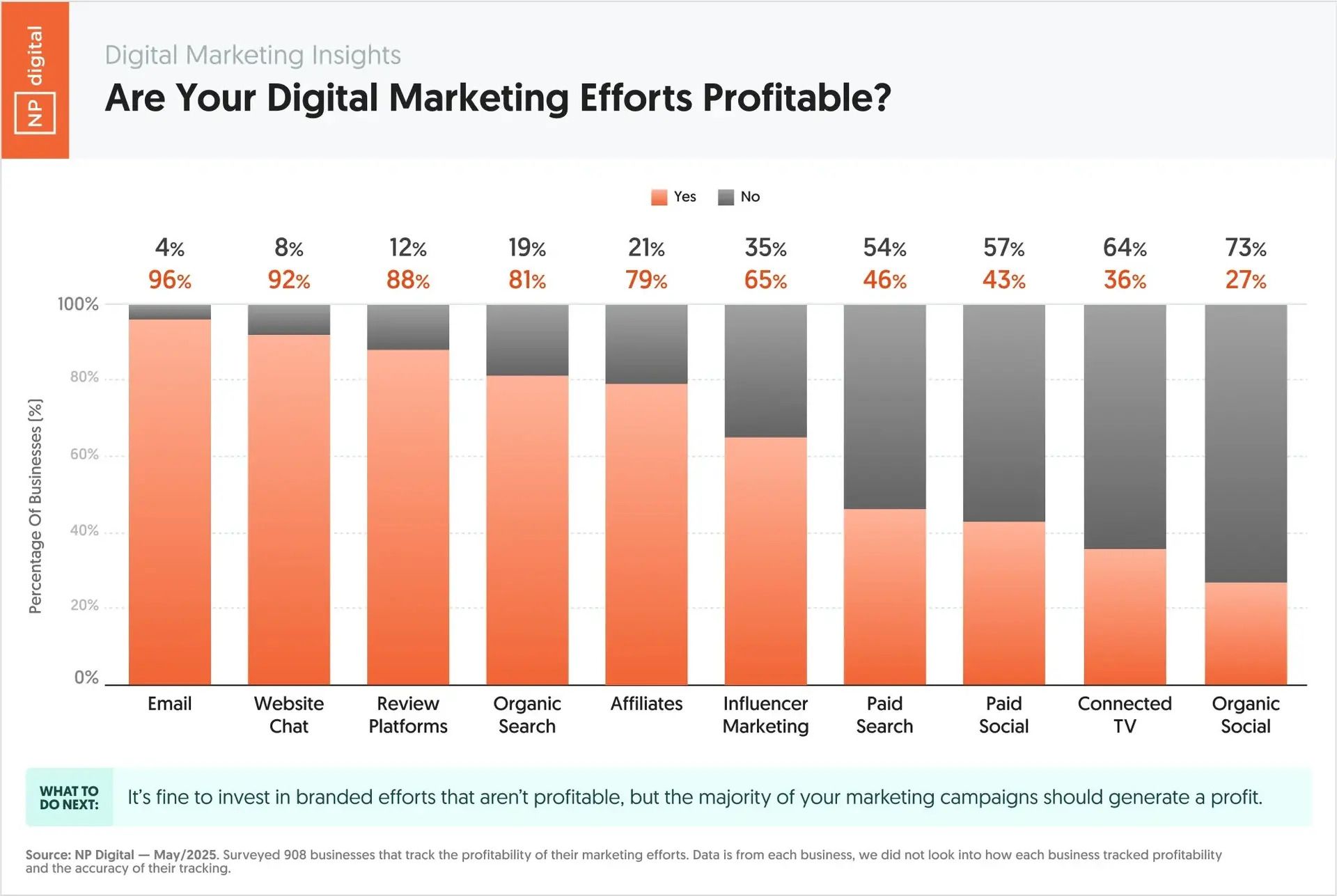

😱 FTC CRACKDOWN on FAKE REVIEWS
The FTC is cracking down on fake, incentivized, or improperly used reviews. Using deceptive reviews can lead to serious legal repercussions and damage your brand’s credibility. The distinction between a review and a testimonial is important.
Review: Genuine feedback provided by consumers who bought a product at full price, without incentives.
Testimonial: Any review that involves an incentive (free product, coupons, discounts, or anything of value). Once incentivized, it becomes an advertising message and must include clear disclosure.
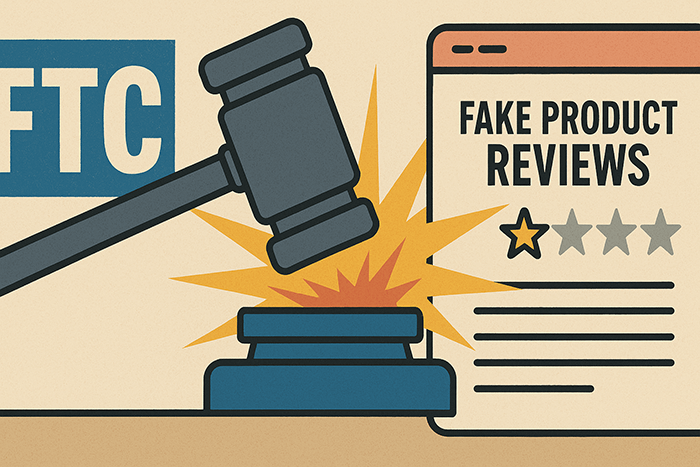
What NOT to Do:
Do NOT create or purchase fake reviews, images, or testimonials.
Do NOT repurpose or "hijack" reviews from one product to use on another.
Do NOT provide incentives (free products, coupons, discounts, trips, or other valuables) for reviews without clearly and conspicuously disclosing the incentive.
Do NOT selectively curate reviews to show only positive feedback; it must reflect genuine consumer experiences.
Do NOT hide or minimize disclosures (such as using fine print or hiding disclosures below the fold or “more” button).
What You SHOULD Do:
Always distinguish clearly between genuine reviews and incentivized testimonials.
Clearly disclose any incentive provided in exchange for a review. Use language such as:
"These customers received free products in exchange for their honest feedback."
Disclosure must be “clear and conspicuous,” easily visible, and placed prominently near testimonials.
Implement an internal review tracking policy:
Track who is incentivized versus non-incentivized.
Keep documentation clear, organized, and easy to access.
Maintain a consistent policy for handling reviews:
Set a document retention policy, typically maintaining records for at least four years as per FTC standards or your documented internal policy.
Encourage unbiased reviews:
Request honest feedback without influencing consumers toward positive reviews.
Use neutral language, such as: "We'd appreciate your feedback to help us improve!"
Practical Example of Compliant Incentivizing:
Give rewards tied to genuine milestones (like achieving a fitness goal). The reward is not for reviewing but for the achieved milestone, thus allowing genuine testimonials without direct incentivization of the review itself.

📛 THE HIDDEN PPC SETTING THAT’S BURNING YOUR BUDGET
Amazon quietly rolled out a new Sponsored Products setting that defaults to “maximize reach.”
Translation: Amazon is aggressively spending your ad dollars on off-Amazon placements (think third-party sites)—and most of these don’t convert.
How to stop the bleed:
Go to Campaign Manager > Sponsored Products > Settings.
Change “maximize reach” to “minimize spend.”
That one click can plug a major leak. Want proof?
Run this report:
Go to Reports > Sponsored Products > Placements
Set date range: Last 60 days
Filter for: “Off-Amazon”
Sort by Spend
If your ACOS is sky-high or conversions are nonexistent, you’re lighting money on fire. Fix it today.
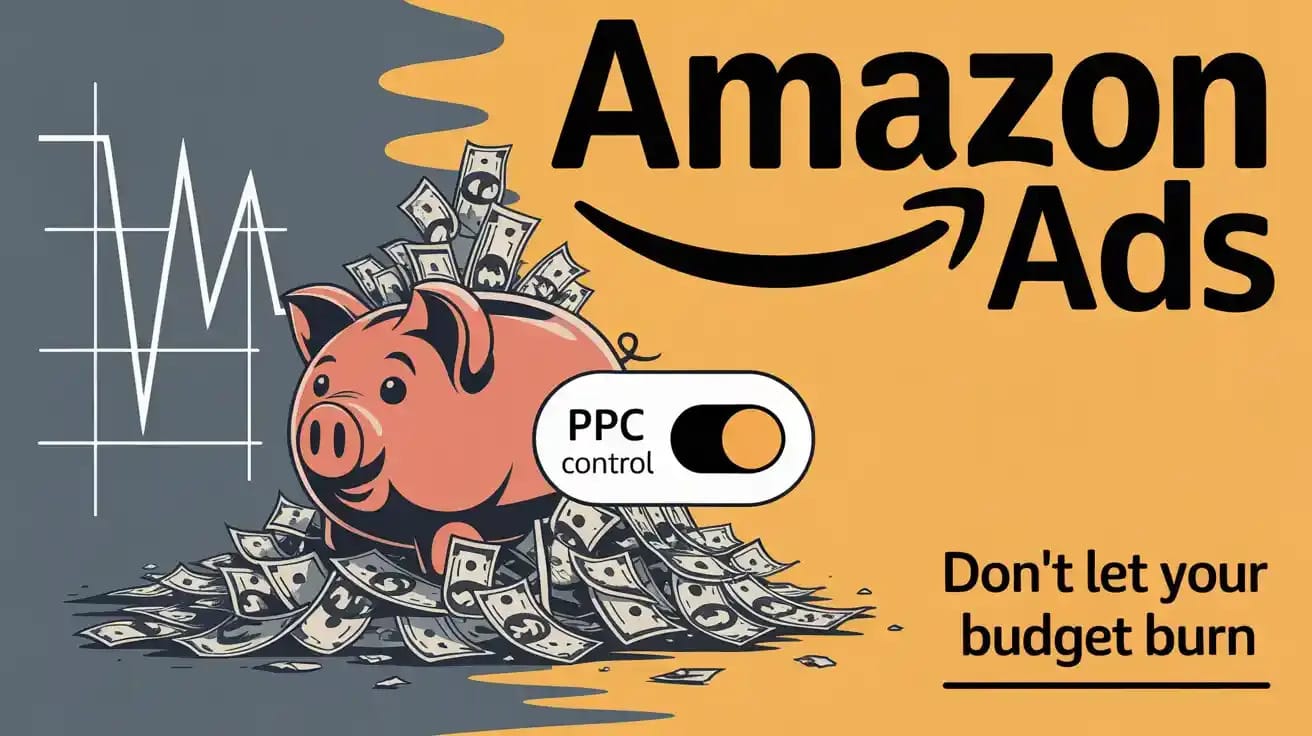
💰 The Truth About “Unspent Budget” (It’s Not Sitting Idle)
Amazon also launched a beta feature that reallocates unspent campaign budget within portfolios.
It sounds useful—and it can be—but only if you know what’s happening behind the scenes.
If Campaign A underspends, Campaign B or C in the same portfolio can automatically use the leftovers.
Campaigns can spend up to 100% more than their daily budget.
But your portfolio monthly cap still applies—so you won’t be charged more than your (Daily Budgets × Days in Month).
⚠️ The Catch: If you're not monitoring performance, one underperforming campaign can start pulling in extra budget, amplifying wasted spend fast.
✅ How to Use It Without Regret:
Turn it on:
Go to Portfolios > Modify Portfolio > Enable Unspent Campaign Budget.Set a strict portfolio budget cap:
That way, no matter how many leftovers get moved around, you won’t blow past your max.Audit performance weekly:
Reallocate only if converting campaigns are being throttled due to daily budget limits.
Amazon’s latest budget features are double-edged swords. Used strategically, they can help you win traffic on high-converting days. But left on autopilot, they’ll quietly funnel your cash into low-performing off-site ads or bloated campaigns.

🔥 MORE HOT PICKS 🔥
🥃 PARTING SHOT
“The five key factors influencing a startup's success are the idea, team, business model, funding and timing.”
✌🏼 See you again Thursday …
The answer to today’s STUMP BEZOS is
3.5% percent of websites try to block GPTBots


